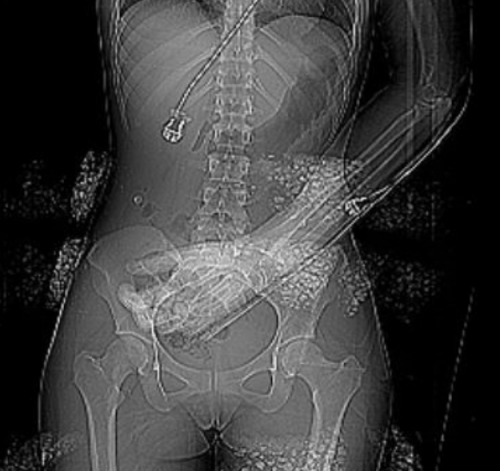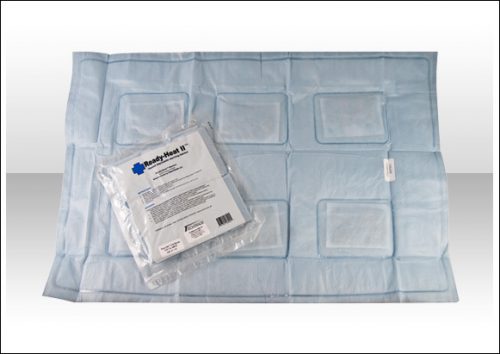Deciding when to place a chest tube can be challenging. Sometimes, it’s obvious: there is a large hemo- or pneumothorax staring you in the face on the chest x-ray. But sometimes, it’s there but “not that big.” The real question is, how big is too big.
That’s a question that’s been very difficult to quantify. The authors of this abstract, from the Medical College of Wisconsin, conducted a six-year retrospective review of every patient with an isolated pneumothorax at their Level I trauma center. Based on their previous research, a 35mm threshold was used to stratify patients into two groups. This measurement was obtained from axial images of a CT scan. Statistical analysis was performed to identify the predictive value in determining whether the patient could be managed without a chest tube.
Here are the factoids:
- A total of 1767 patients had a pneumothorax during the 6-year period, and about half met inclusion criteria for the study
- Of the 385 with pneumothorax alone, 92% were managed without a chest tube
- Of those 353, 95% had a maximum chest wall to lung distance (335)
- The 35mm measurement was statistically shown to be an independent predictor of successful management without a tube for both blunt and penetrating trauma
Bottom line: Not so fast! Although this looks like a slam dunk abstract, it’s really not. First, many (or most?) pneumothoraces are initially diagnosed using a plain old chest x-ray. A 35mm measurement is meaningless here because there can be significant changes in position of the pneumothorax on the image. Sometimes, the air is located anteriorly with little or no lateral component. Does this mean we should CT every patient with a known or suspected pneumothorax? I think not.
And the second issue is the subjectivity surrounding the definition of a failure. What criteria were used when the tube was actually placed in this series. If every patient had to become symptomatic first, then I might agree. But I suspect the tubes were placed when followup imaging showed that the air was just “too big.” You can’t statistic away this kind of potential bias from subjectivity.
So what’s the answer? Unfortunately, there still isn’t one. The need for a chest tube must still be based on subjective size on a chest x-ray, physiologic status, and the patient’s ability to tolerate a given amount of lost lung function. It continues to boil down to the assessments of each trauma professional as to “how big is too big.”
Reference: Observing pneumothoraces: the 35mm rule is safe for both blunt and penetrating chest trauma. Session XVA Paper 28, AAST 2018.


